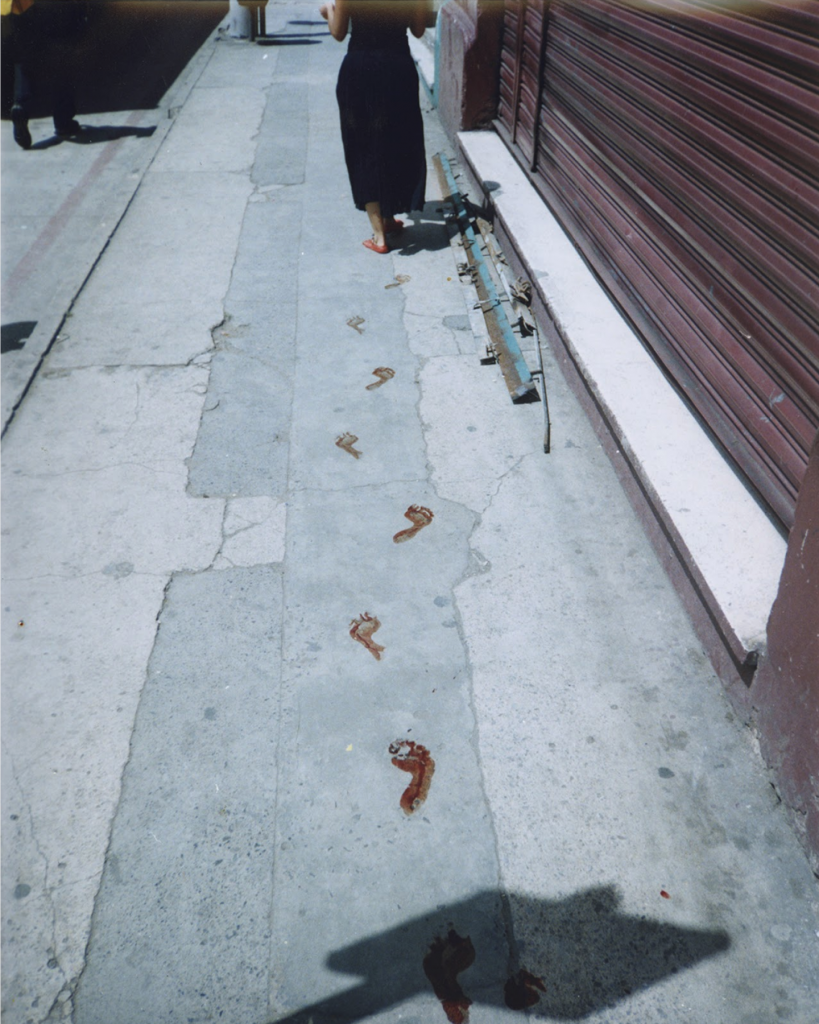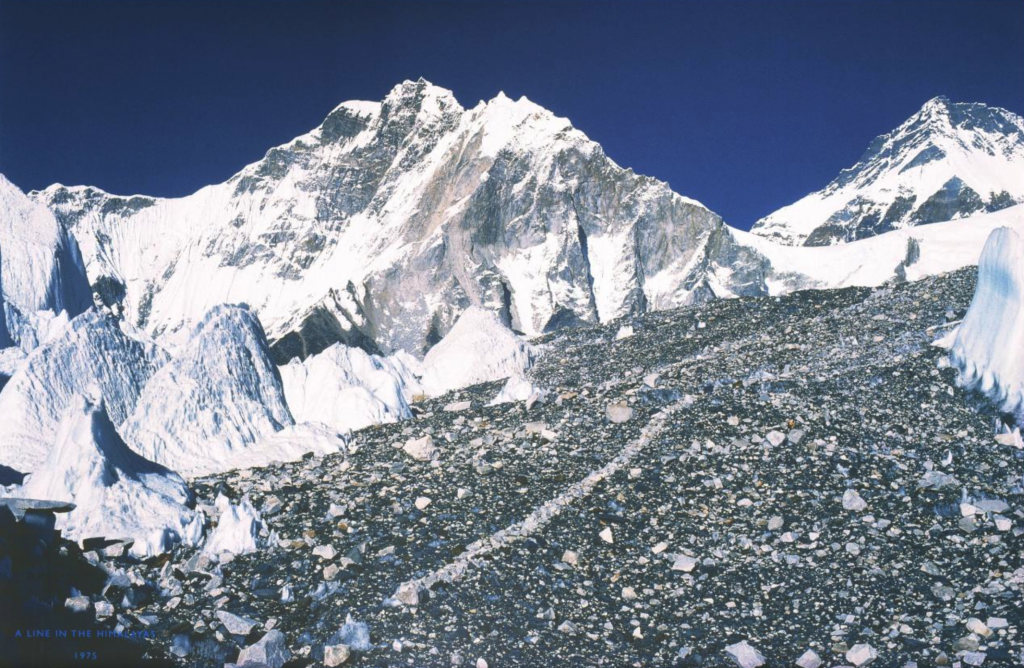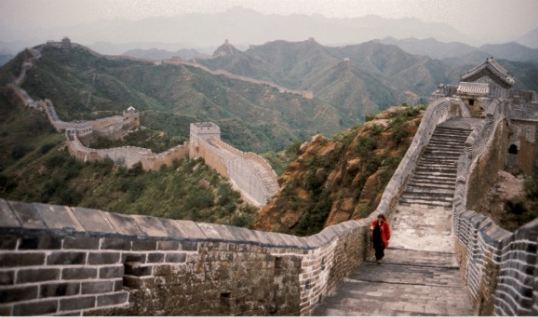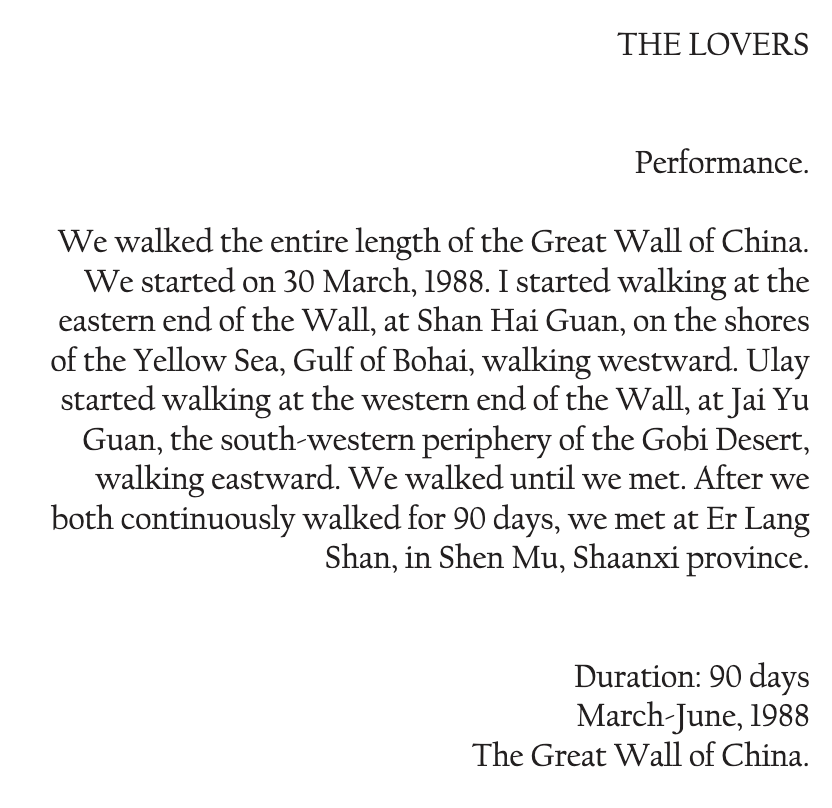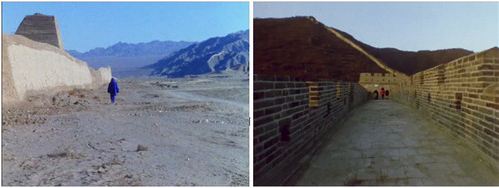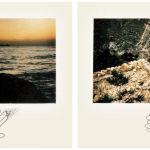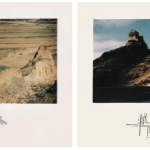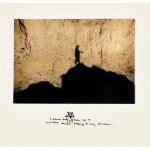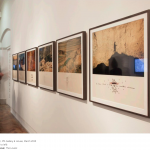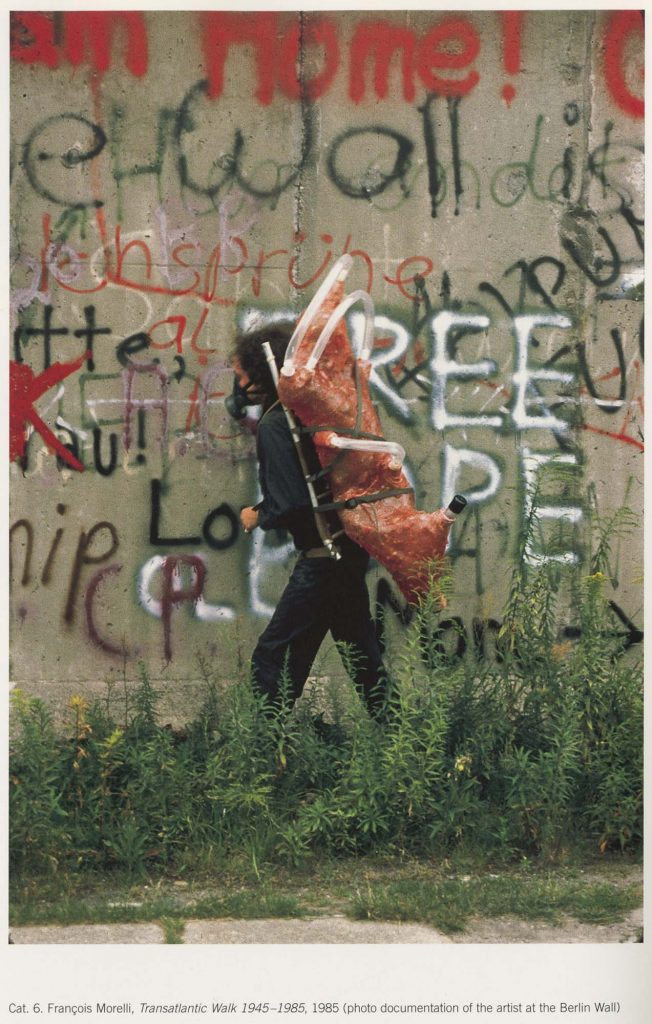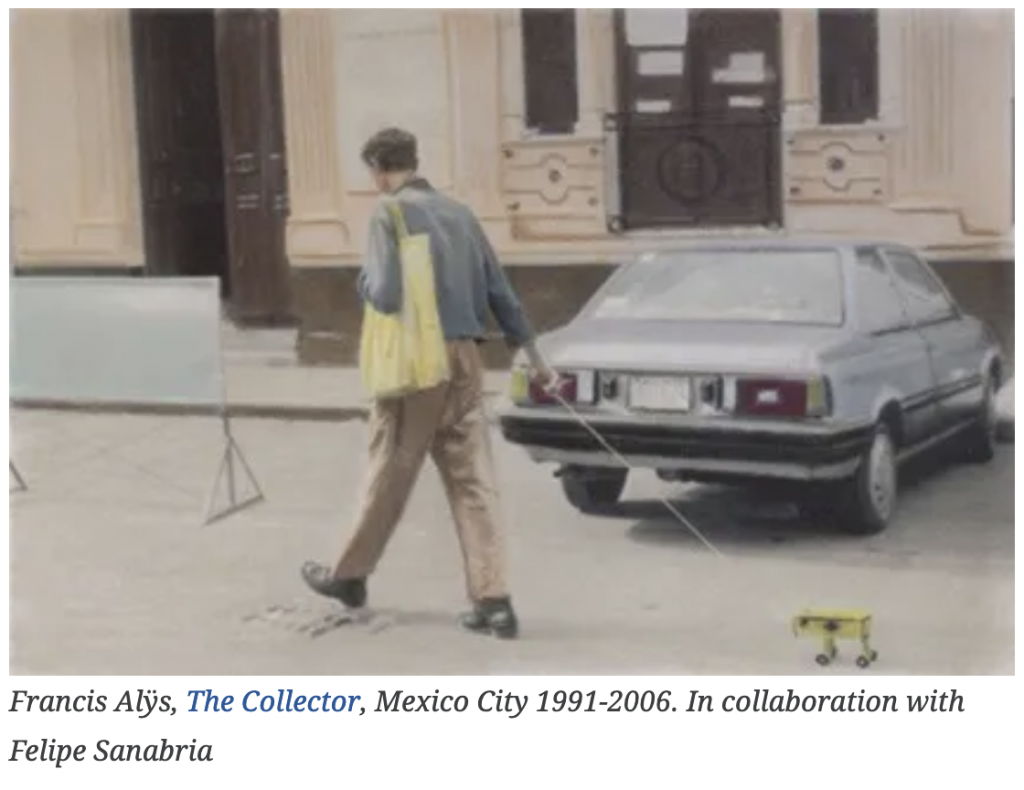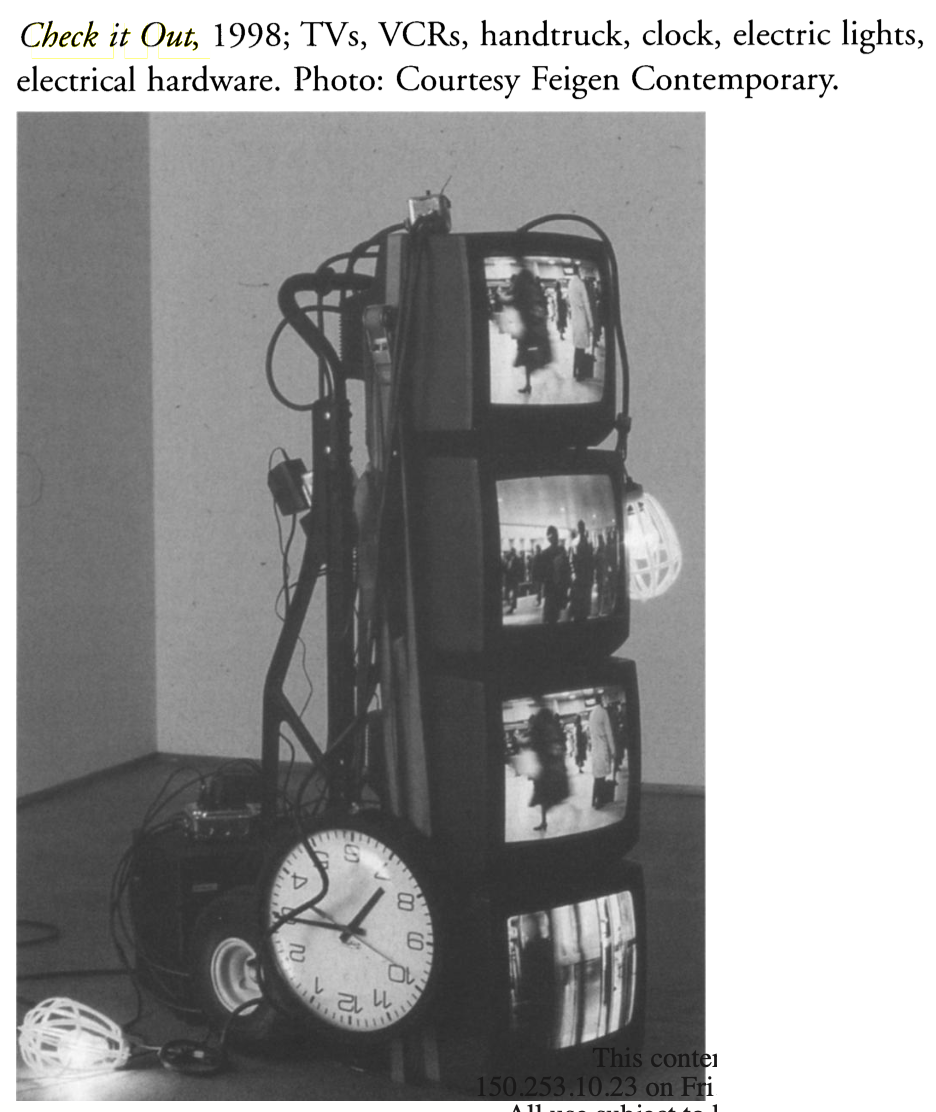
Check it Out, 1998; TVs, VCRs, handtruck, clock, electric liights, electrical hardware. Photo: Courtesy Feigen Contemporary
This messing looking sculpture features TVs stacked on a rolling cart in combination with other objects. The screens show shots of urban commuters hustling to and from locations. It showcases the walking ritual of commuting. (credit: Walk Ways catalog)
—
“In the beginning, video artists used television sets simply to present videos tapes; later, people realized the monitor had its own potentially sculptural presence. Matthew McCaslin, who has focused on the technological infrastructure of everyday life (his installations bring into view wires, pipes, studs and other normally hidden stuff), has filled two galleries with sculptures that incorporate television sets. Surrealistic essays on the mechanization and the mediation of modern experience, they range in tone from dryly clever to mysteriously meditative.
Though the materials used are similar, Mr. McCaslin’s shows in Chelsea and SoHo are as different as night and day, literally. The pieces in Feigen’s well-lighted space deal mostly with work, transportation and other daily processes. At the entrance, a boombox in a wheelbarrow plays the sound of a cement mixer. In ”Check It Out,” a stack of four televisions broadcasting tapes of pedestrians hurrying in an airport is punningly strapped to an industrial hand truck.” [credit]
—
“Check It Out has a single stack of four video monitors accompanied by a large clock face sitting on the floor to its left, and by two yellow construction lanterns, one on the ground beside the clock, the other hanging over the far side of the screens. The screens project the image a shifting mass of people as viewed through security cameras in shopping malls or train stations. The mass of bodies, filmed in such an indiscriminate manner, based upon spatial position within a particular building, becomes both a current of human activity and a narrative of human reflection when shown in intermittent movement or listless waiting. There is a great pleasure in being able to view this mass as it mills about, and then sometimes one “actor” steps close to the camera lens, even notices it, and shows the depth of individual self-consciousness in a tic, a nervous smile, or a look of slight horror. When the film loop ends, as in other works, these images are replaced with a fine mist of static, which tends to heighten the sense of visual pastiche formed by the combination of recognizable entities with a nonrepresentational depiction of space. The visual images and even the flow of static enter into the context of narrative and drama, made physically approachable by the lamps and by the constantly moving clock beside the screens.”
Gibson, David. “Mining the Urban Divide: The Work of Matthew McCaslin.” PAJ: A Journal of Performance and Art, vol. 26, no. 2, 2004, pp. 66–72. JSTOR, http://www.jstor.org/stable/3246367. Accessed 17 Jun. 2022.
